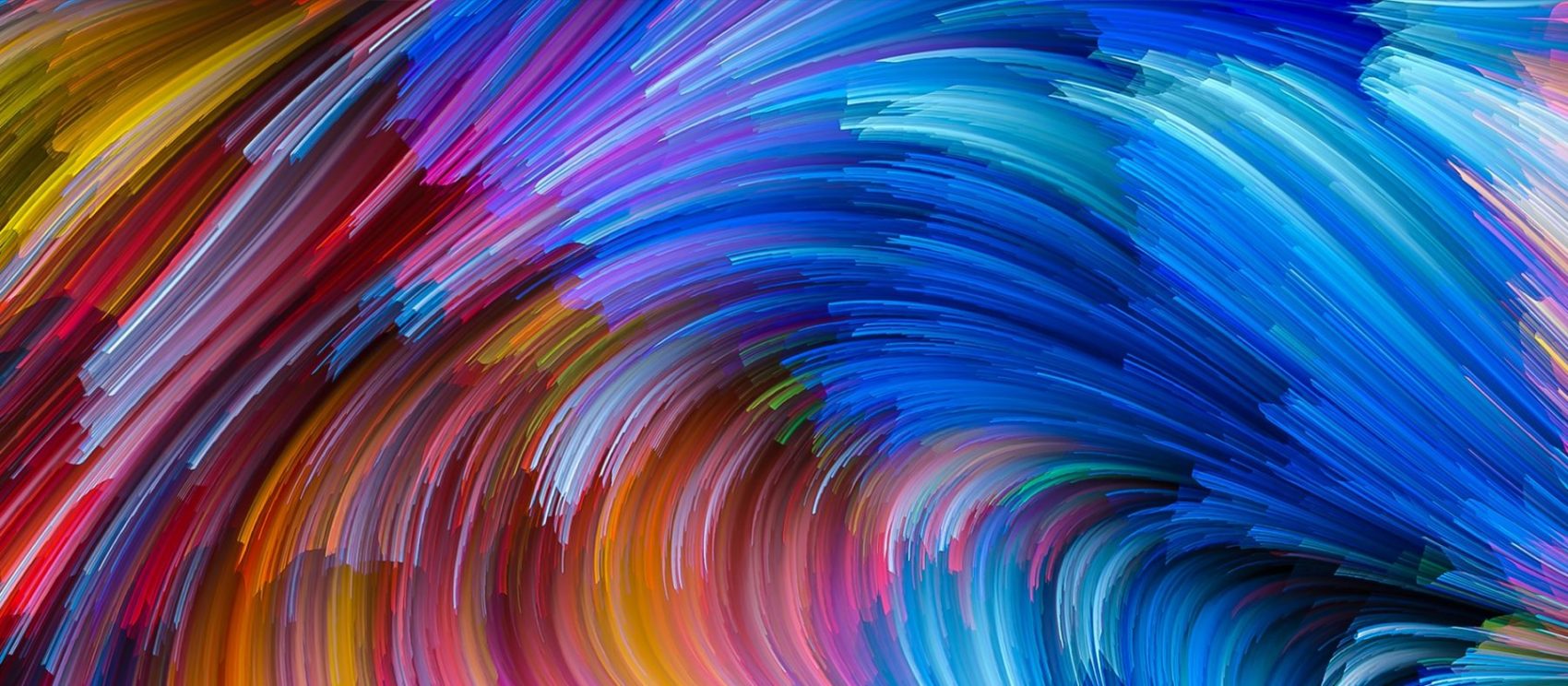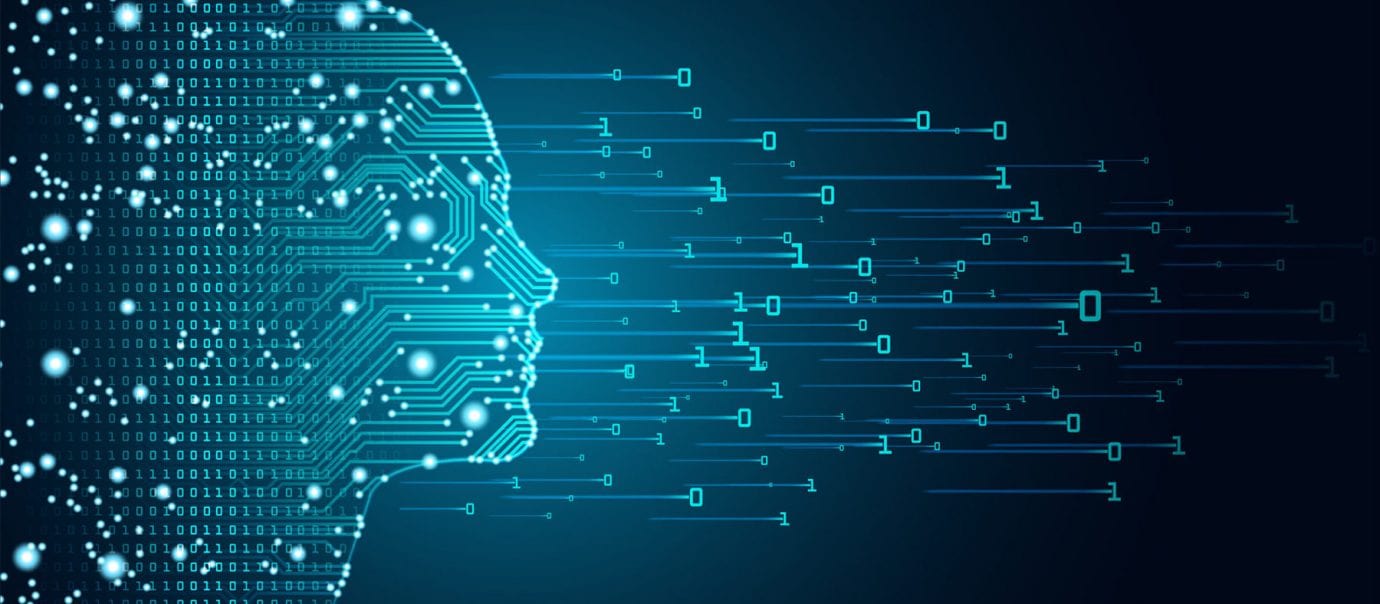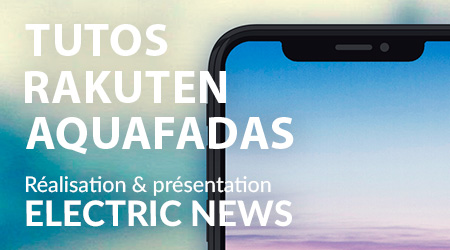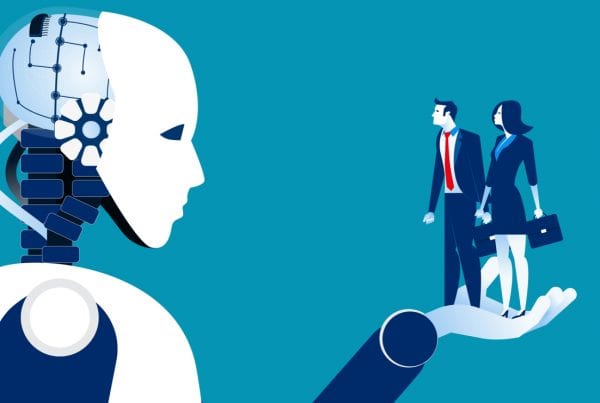AI in Pursuit of the Perfect Image
AI can transform a static image into a living, breathing, infinitely flexible creative element
Designers and creative pros will spend hours in pursuit of the “perfect” image. That’s because the right image can be the difference between winning or losing a client pitch. We rely on the perfect image to capture the emotional essence of a campaign, to engage an audience, and to represent a brand.
Time is the main sacrifice we make in pursuit of this perfection. A photography director might wait an entire day for light and composition to converge in a single moment. An editor might lose several afternoons tweaking curves to capture the perfect color and emotion of a shot. Or a creative director might have an entire team scouring stock sites for days, gathering the perfect campaign elements. So, capturing, creating, or finding the perfect image can feel a little bit like waiting for creative lightning to strike. But what if instead of hoping for the perfect image to emerge, it was possible to make it emerge by leveraging artificial intelligence (AI)?
AI is poised to make this possible, and is already changing the way images are captured, edited, stored, managed, and applied — transforming the very essence of the static image itself into a living, breathing, infinitely flexible creative element. Lire la suite par Shambhavi Kadam (Group Product Manager for Adobe Stock)
Using AI to Get Your Creative Juices Flowing
Strategies for driving creativity, and increasing marketing productivity and efficiency with AI
Despite its name, much of the content “creation” process isn’t about creativity. Often the process is very manual and even tedious as designers and marketers dig into time-consuming activities such as image searches — time and talent that could be spent building a creative vision. While it’s necessary work, it’s not ideal for the designer or the organization they support.
That said, with more content available and more content velocity demanded, resources are constantly being allocated to keep pace with consumer demands. “You have to be in the consumer’s line of sight 24/7,” says Shambhavi Kadam, group product manager, Adobe Stock. “It’s hard to compete for the consumer’s attention when they get information instantaneously, and review it across multiple channels and devices. To do that, you have to create content much faster and at a larger volume,” she says. At the same time, the content still must be high quality and personalized. Lire la suite par Tatiana Mejia (Adobe Sensei product marketing)
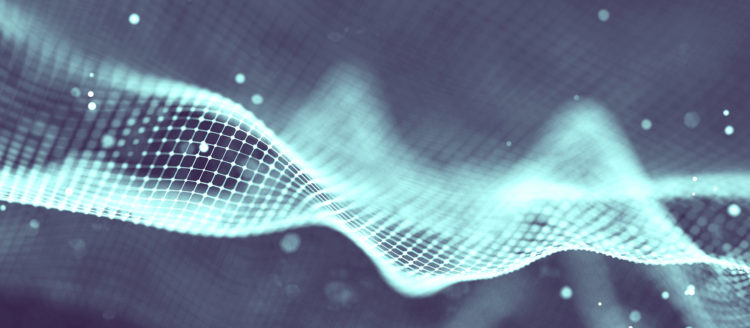
What AI Advances Mean for Creators & the Creative Process
How AI will improve productivity and enhance opportunities for creative expression
Creativity and creative problem-solving skills are paramount in a world shifting rapidly to machine learning. With the rise of AI, there is much chatter and concern that jobs will be taken over by machines in a variety of industries. However, creativity is a realm where machine intelligence is least likely to replace humans. There are many ways technology can and will impact creativity, but there is an advantage creativity has over machine intelligence: creativity is innately human. That said, AI can and ultimately will help us optimize the creative process.
According to a recent study commissioned by Adobe across the U.S., UK, Germany and Japan, most creative professionals are looking forward to AI giving them more time back to be creative. Christoph Gey, an art director in Cologne who participated in the study, explained that ”[p]ersonal creativity cannot be imitated by technology. It’s not because you know the tools that you are a designer.” Rather, there is an underlying fear that technology, particularly AI, could result in the homogenization of creativity.
Putting AI to work in the creative process
Shockingly, 74% of creative professionals surveyed noted that they spend more than half their time on tedious and uncreative tasks. AI can afford creators the time to do what they are inherently good at and what they are valued for: creative thinking! Tim Probert, Art Director at Aardman Nathan Love, outlined the tedious tasks that AI could handle. “The most tedious parts of my work are all the manual, repetitive tasks, like naming 100 layers in Photoshop, exporting multiple elements to lots of different formats, and managing assets in general.” In fact, most of the creatives surveyed (62%) believe AI and machine learning will be very important to them. This is why we are making Adobe Sensei – our AI and machine learning technology – one of our big bets for the future. Today there are dozens of Sensei-powered capabilities available across Adobe Creative Cloud, Document Cloud and Experience Cloud that help creators develop, deliver and optimize smarter, more efficient experiences faster by freeing them to focus on what matters most. Lire la suite par Mala Sharma (VP & GM, Creative Cloud Product Marketing & Engagement at Adobe)
Dear Creative Leaders: AI is Your Ally
It’s time to embrace an easier path forward
Most marketers are aware of the massive amount of automation already taking place in a media buying and demand generation. Tech-centric marketing teams have been scaling their skills through AI-driven automations for years. Could automating creative concepting, writing, and design become as normal as automating keyword optimization? Maybe.

Algorithms are writing minor league baseball news. Enterprises and agencies turn to AI optimization daily to collage high-performing keywords into click-worthy email subject lines. Some in the art world even argue that AI painters are introducing entirely new styles of art.
But can the proverbial robots of the AI age really replace the human creative spark? That depends on how we keep score. An algorithm can probably “write” email subject lines that consistently drive more clicks than a human opponent. We’ve yet to see a hardcore copy-smith stand down the algorithm like John Henry vs. the Steam Drill. My guess is that it would end more like Kasparov vs. Deep Blue.
That said, I think it’s extremely unlikely that an algorithm could best a writer at generating copy that sticks to human brain cells because of its humor, heart, or wit. As creatives, we weld human experience and emotion with ingenuity and intellect to craft works that strike real human heartstrings. Algorithms will learn more and more about what creative content influences human decision-making over time. But they are far from channeling actual childhood memories or hard-earned life lessons into emotive brand anthems or breathtaking design systems. Empathy remains unprogrammable. Lire la suite par Steve Gustavson (Executive Creative Director for Adobe Marketing Cloud)
